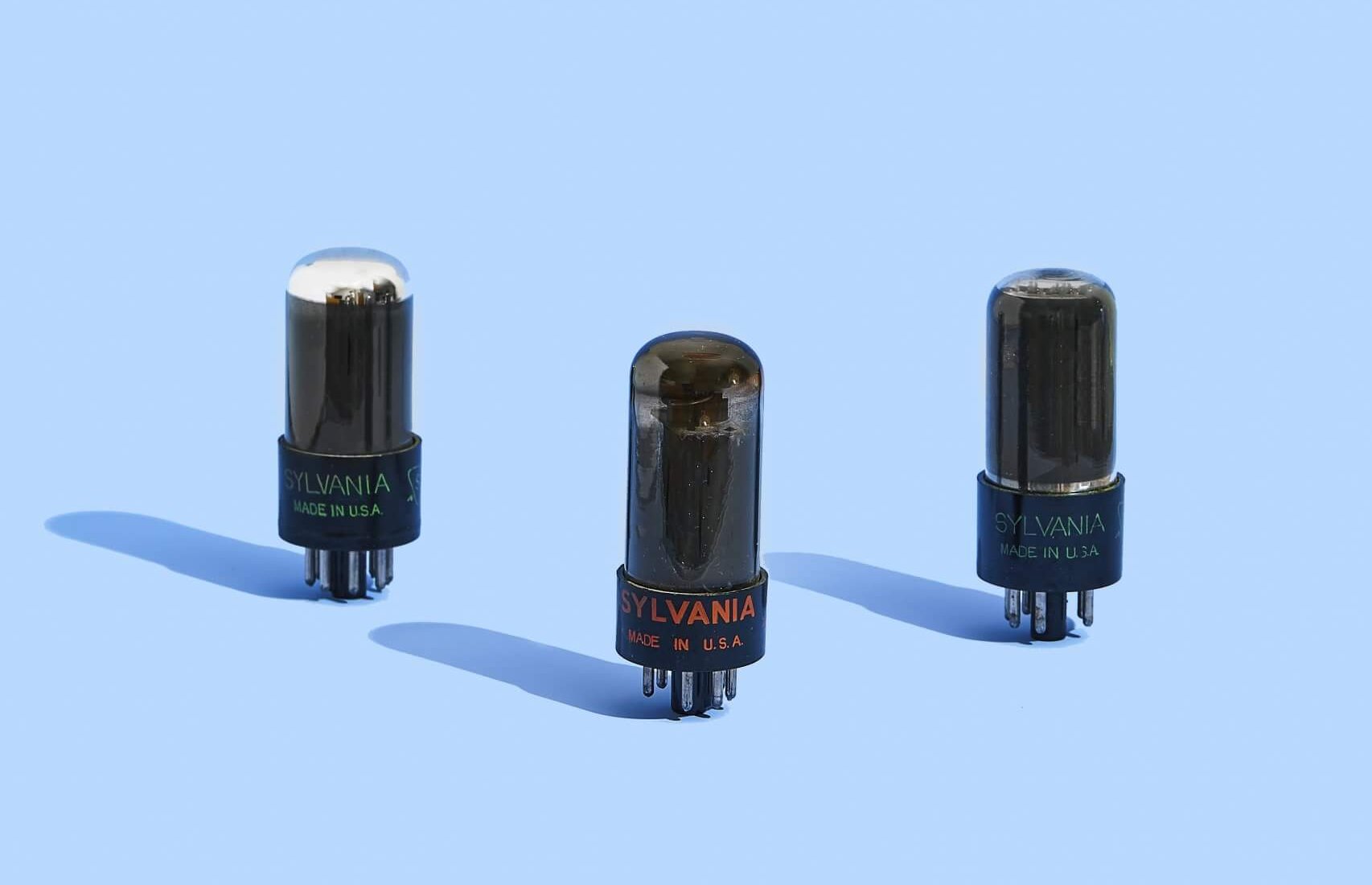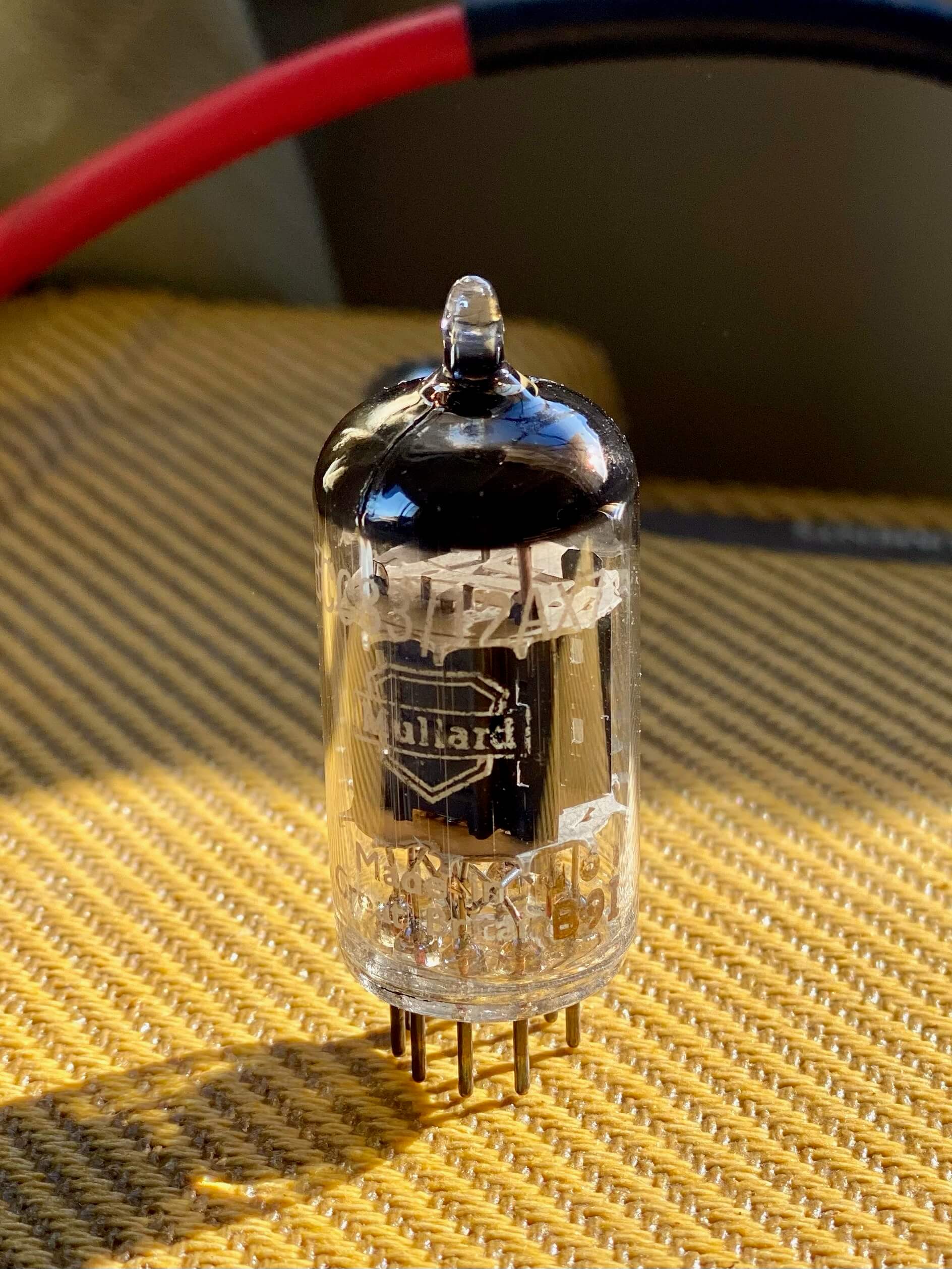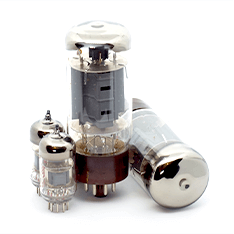Why are Vacuum Tubes Also Called Valves?
Ever wondered why vacuum tubes are also called valves? It’s actually pretty cool and has to do with how they work. Vacuum tubes control the flow of electrons, kind of like how a valve controls water in a pipe. This simple yet clever function has made them a big deal in the world of electronics for over a century. In this article, we’re diving into their history and how this unique function earned them the nickname “valves.” Let’s get into it and see why this old-school tech still matters today.
Vacuum tubes work by managing the movement of electrons in a controlled environment, which is basically an empty space or a ‘vacuum’. Imagine electrons as tiny particles that carry electrical energy. In these tubes, when an electric charge is applied, it creates an electric field that pushes or pulls these electrons in a specific direction. This is similar to how a water valve can control the direction and flow of water. By adjusting the electric charge in vacuum tubes, we can control the flow of electrons – turning them on or off, speeding them up, or slowing them down. This precise control is what makes vacuum tubes so useful in amplifiers and radios, where managing the flow of electricity is key. So, in a nutshell, vacuum tubes are like traffic cops for electrons, directing their flow to create or amplify electronic signals.
The Invention of Vacuum Tubes

The invention of the vacuum tube was a pivotal moment in the history of electronics and dates back to the early 20th century.
It all started with John Ambrose Fleming, a British electrical engineer, who in 1904 invented the first vacuum tube, called the diode. Fleming was working with wireless telegraphy at the time and was trying to find a way to convert alternating current (AC) signals into direct current (DC). This led him to discover that a heated filament inside a vacuum tube could detect radio waves. He realized that electrons would flow only from the heated filament, or cathode, to a metal plate, or anode, creating a one-way current.
This groundbreaking invention paved the way for electronic amplification. Just a few years later, in 1906, an American inventor, Lee De Forest, added a third element, called the “grid,” to Fleming’s diode, turning it into a triode. This triode, named the Audion, was the first electronic amplifying device. It could amplify a signal, making long-distance telephone communications and radio broadcasting possible. It is this invention of the grid that gave vacuum tubes their “valve” like function.
The vacuum tube revolutionized electronic technology in the early 20th century. It was the cornerstone of early electronics, leading to the development of radio, television, radar, and early digital computers. Its invention marked the beginning of the electronic age, laying the foundation for modern electronics and changing the course of technology forever.

The History of Valves
After their invention in the early 1900s, these tubes became the backbone of several groundbreaking advancements. They were the first devices that could amplify signals, making them instrumental in a range of applications. From enhancing communication to shaping the early days of computing, valves played a pivotal role.
Fascinatingly, some estimates suggest that over a billion valves were produced during their reign – making them one of the most common electronic components for much of the 20th century.
Here’s a breakdown of their key uses:
Radio Communication: Revolutionized radio technology by amplifying signals for clearer and longer-distance transmission.
Television Development: Integral in early TV sets, enabling both picture and sound broadcasting.
Military Radar: Crucial for WWII radar technology, aiding in detection of enemy aircraft and ships.
Early Computing: Formed the core of the first digital computers, essential for processing and memory tasks.
Audio Systems: Widely used in audio amplification, valued for their warm sound quality in radios and guitar amps.
Valves were not just components; they were the stepping stones to the electronic age, influencing everything from entertainment to warfare and computing. Their legacy is evident in the technology we use today.
The Future of Valves in Electronics

Valves are still being used in many applications today. They remain popular due to their high energy efficiency, which is much greater than that of transistors and other solid-state electronics.
Valves also have the ability to store large amounts of data with minimal power consumption, making them ideal for use in computer systems.
Despite these advantages, there are certain challenges associated with using valves in modern electronics. For example, they are bulky and expensive compared to other components. Additionally, they require a lot of maintenance over time as they can be prone to malfunctioning or breaking down.
As technology continues to advance at an increasingly rapid rate, it’s unlikely that vacuum tubes will become widespread again anytime soon. However, for those who need advanced levels of performance from their electronic devices and don’t mind investing extra money into upkeep costs, valves may still be worth considering as a viable option for the future.
Conclusion
In the world of electronics, vacuum tubes have been an integral part of many inventions. They are also commonly known as valves due to their role in regulating and controlling electricity.
Valves act like valves on a pipe, allowing electrons to flow through them at different rates while maintaining control over the current. Just like a valve can be used to regulate water pressure or temperature, electronic valves can be used to modify signals within circuits and components.
Like any tool, they come with advantages including stability and efficiency that make them incredibly useful when it comes to electronic devices. As technology advances, we’ll continue to see more uses for these “valves” in our ever-changing landscape of gadgets and gizmos.
I look forward to seeing how far engineers go in utilizing this remarkable invention!

